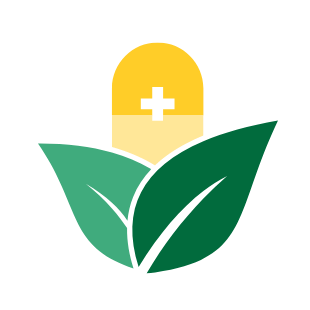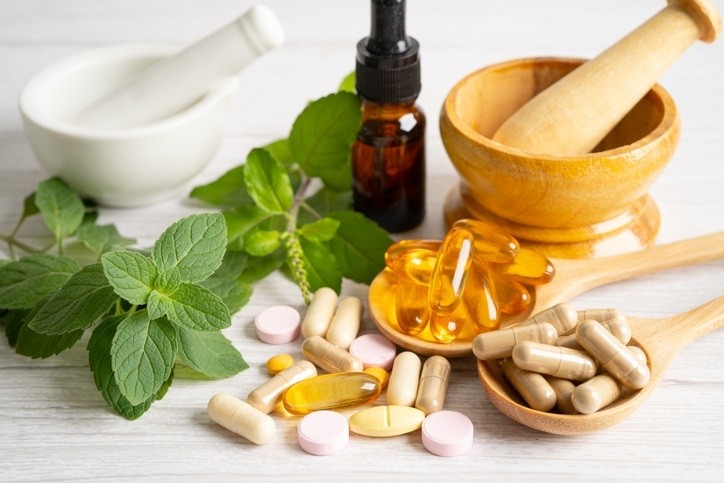Phytotherapeutic products, derived from plants and herbs, have been used in traditional medicine for centuries. Today, they are more popular than ever as people seek natural alternatives. However, in the European Union (EU), making claims about the (health) benefits of these products is a tricky and often frustrating process for producers. Let’s explore the limitations and challenges faced by us in the industry when navigating this complex regulatory landscape.
The Limitations of Phytotherapeutic Claims in the EU: A Frustrating Journey for Producers
The Regulatory Maze
Let’s start with the legal side. In the EU, phytotherapeutic products are subject to several regulations predominantly aimed at ensuring safety, efficacy, and quality. The key regulations include:
- The Traditional Herbal Medicinal Products Directive (THMPD) (2004/24/EC): This directive allows registration of traditional herbal products if they have been used for at least 30 years, including 15 years in the EU.
- Regulation (EC) No 1924/2006 on Nutrition and Health Claims Made on Foods: This regulation governs the claims that can be made on food and food supplements, requiring clear, accurate, and scientifically backed statements.
- Directive 2001/83/EC on Medicinal Products for Human Use: This directive defines what constitutes a medicinal product and sets out requirements for authorization before marketing.
The Struggle with Health Claims
One of the biggest challenges for producers is meeting the stringent requirements for making health claims. Claims must be backed by strong scientific evidence, typically from clinical trials or comprehensive research.
- Scientific Evidence: The EU demands robust scientific data to support health claims. Conducting clinical trials is expensive and time-consuming, often beyond the reach of smaller producers. Furthermore, natural products often contain a synergistic myriad of active ingredients and classical study designs cannot be implemented.
- Health Claim Approval: The European Food Safety Authority (EFSA) evaluates and authorizes health claims. Many applications are rejected due to ‘insufficient evidence’, causing frustration for producers who believe in and witness the efficacy of their products.
Traditional Use vs. Modern Evidence
Phytotherapeutic products often rely on traditional use as evidence of efficacy. Under the THMPD, products can be registered based on their long history of use, bypassing the need for extensive clinical trials. However, this comes with significant limitations:
- Limited Claims: Products registered under traditional use cannot make specific health claims beyond their historical use. For example, a product marketed for “digestive health” cannot claim to “cure digestive disorders” without scientific evidence.
- Market Competition: Even with traditional use registration, competing with products backed by modern clinical data is tough. Consumers increasingly prefer scientifically validated products, making it difficult for traditionally used products to stand out.
Marketing and Labeling Headaches
The EU imposes strict rules on marketing and labeling phytotherapeutic products:
- No Misleading Information: All marketing materials and labels must be truthful and not misleading. This includes avoiding any suggestion that a product can diagnose, prevent, treat, or cure diseases unless it is authorized as a medicinal product.
- Qualified Health Claims: Health claims must be qualified to avoid overstatement. For example, saying a herb “supports respiratory health” must be backed by sufficient evidence and clearly articulated.
Practical Tips for Industry Players
Navigating these regulations can be daunting. Here are some practical tips:
- Invest in Research: Allocating resources to scientific research and clinical trials can help substantiate health claims and improve chances of regulatory approval.
- Stay Informed: Keeping up with regulatory changes and market trends helps in developing products that meet legal requirements and consumer demands.
- Seek Professional Advice: Consulting regulatory experts can provide valuable guidance in preparing applications for health claims and developing compliant marketing strategies.
Conclusion
The regulatory landscape for phytotherapeutic products in the EU is designed to protect consumers by ensuring claims are scientifically substantiated and not misleading. However, these regulations also excessively limit the ability of producers to make health claims, making it difficult to communicate the potential benefits of these products. This is particularly frustrating for producers who know their products work and saddening for consumers who cannot be properly informed about the natural health solutions available to them. By understanding and navigating these regulations, the phytotherapeutic industry can continue to grow and advocate for more balanced regulations that benefit both producers and consumers.
.

